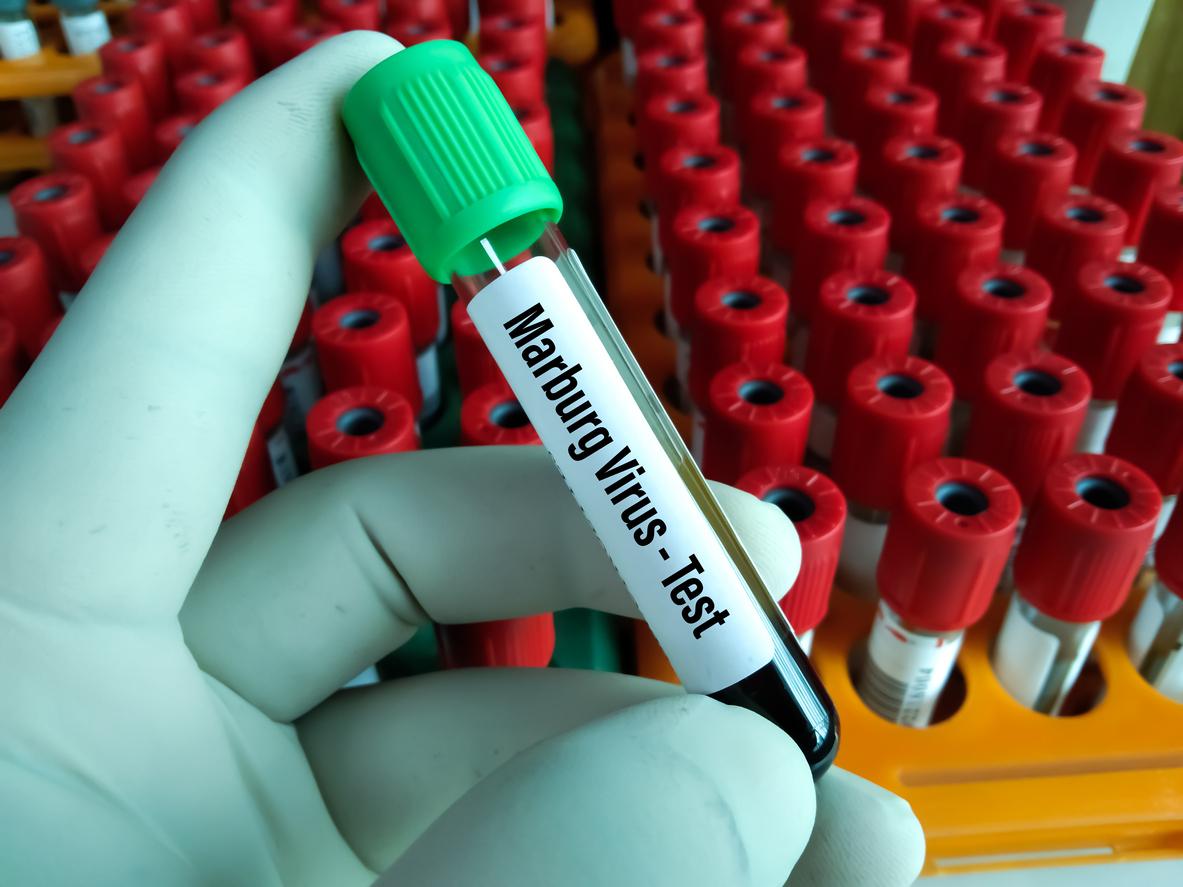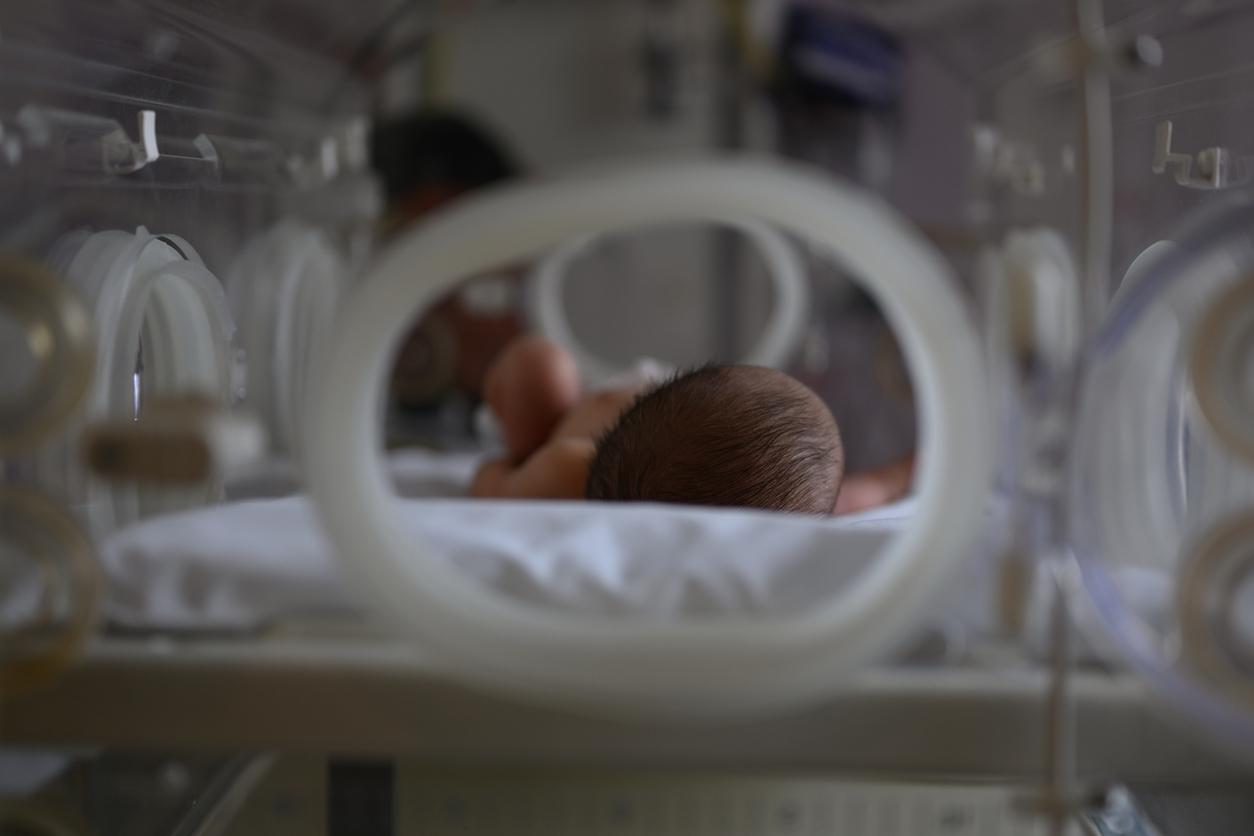The Marburg virus, a cousin of Ebola, has killed five people in Tanzania.

- An epidemic of Marburg virus, a very dangerous pathogen, is currently raging in Tanzania.
- The disease, originally transmitted by a bat, has already killed five people in the country.
- WHO is supporting the health authorities in Tanzania to contain the epidemic.
After battling cholera, dengue and Covid-19 for the past three years, Tanzania is facing a new health emergency. The country has indeed declared a Marburg virus epidemic which has killed five people.
Marburg virus is similar to Ebola
This virus is part of the filovirus family, to which Ebola belongs, which is the cause of several deadly epidemics in Africa. Although caused by two different viruses, the two diseases are clinically similar and have the ability to cause outbreaks with a fatality rate that can reach 88%, indicates theWHO.
It is considered that a fruit bat of the Pteropodidae family is the natural host of the Marburg virus and transmits the virus to humans. The disease takes its name from the German town of Marburg, where it was first identified in 1967, in a laboratory where workers had been in contact with infected green monkeys imported from Uganda.
The Marburg virus – which also affects Uganda and Equatorial Guinea where eleven people died – causes high fevers accompanied by virulent haemorrhages in several organs. “The disease caused by the Marburg virus sets in suddenly, with high fever, muscle aches, severe headaches and severe malaise. Profuse watery diarrhea, abdominal pain and cramps, nausea and vomiting may appear on the third day. Diarrhea may persist for a week. Patients at this stage are often described as having the appearance of “ghosts”, with deeply sunken eyes, an expressionless face and extreme lethargy”describes the WHO.
In fatal cases, death occurs 8 to 9 days after the onset of symptoms and is usually preceded by profuse blood loss and shock.
The Marburg virus is highly contagious
Transmission is human-to-human and results from direct contact (by scratching or through mucous membranes) with blood, secretions, organs or biological fluids of infected persons, or with surfaces and materials (e.g. sheets or clothes) contaminated with these liquids.
While three patients are currently hospitalized and 161 contact cases are being followed by the authorities, the Minister of Health of Tanzania Ummy Mwalimu, called on the population to calm down “There is no reason to panic or interrupt economic activities (…) We have everything we need to control this contagious disease.“
There is currently no vaccine or antiviral treatment but several treatments based on blood products, immune therapies and drug treatments are being developed, says the WHO, which says it is working closely with the country’s health authorities. to save lives.

















